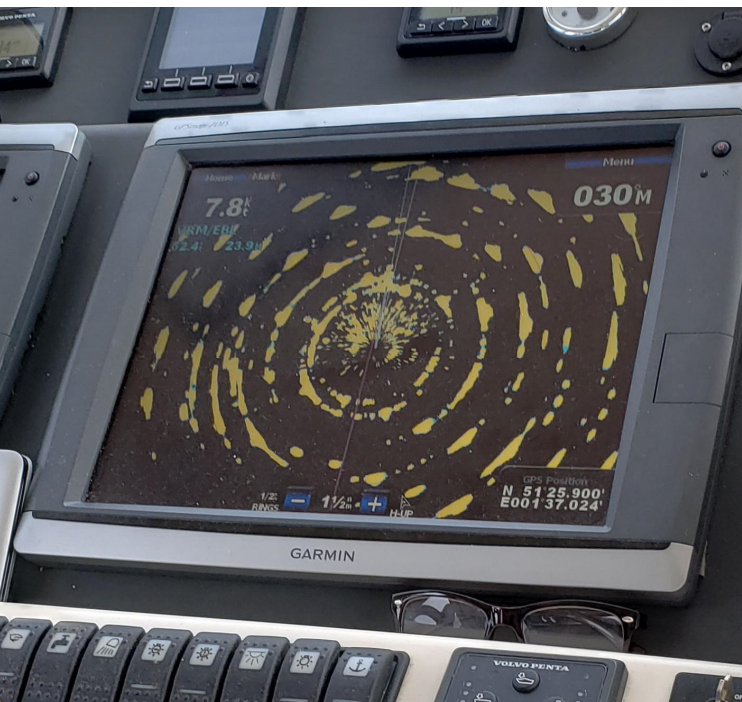March 17, 2022
Offshore wind turbines pose trouble for vessel radar

A photograph shows a shipboard radar operating in a UK offshore wind array. Seafreeze, Ltd. image included in public comments to 2019 U.S. Coast Guard Port Access Route Study.

You've caught the limit!
Free membership gives you access to:
- Unrestricted access to all NationalFisherman.com articles.
- Receive in-depth reports and research on various topics related to the fishing industry.
- Up-to-date news updates from the fishing industry delivered directly to your inbox twice a week.






